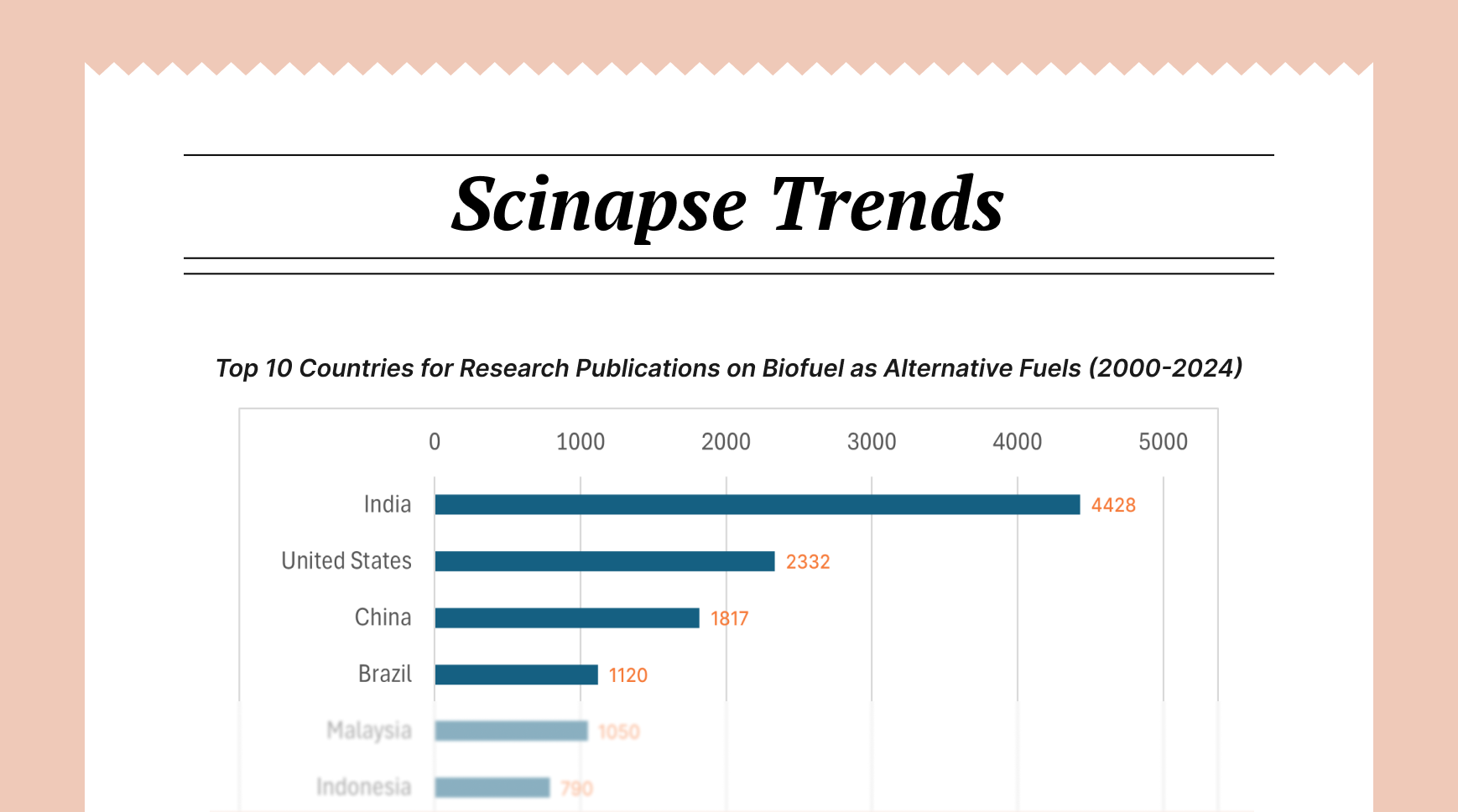What Is a Literature Review? Examples and Guide

A literature review critically evaluates and synthesizes existing research and scholarly material on a specific topic or research question. It is the foundation for academic research by establishing what is already known about a subject and identifying gaps or controversies that warrant further investigation.
Purpose and Importance of Literature Reviews
Literature reviews serve several essential functions in academic and research contexts:
- Establish Context: They situate your research within existing knowledge, demonstrating how your work relates to or extends prior findings.
- Avoid Duplication: By thoroughly examining existing research, you ensure your work doesn't merely repeat what has already been done.
- Identify Gaps: Literature reviews reveal areas where research is lacking or inconclusive, helping to justify the need for your study.
- Show Expertise: They demonstrate your understanding of the field and familiarity with important concepts, theories, and researchers.
- Develop Theoretical Framework: Reviews help you identify theories and concepts relevant to your research question.
- Inform Methodology: By analyzing how others have approached similar research questions, you can refine your methodological approach.
5 Types of Literature Reviews
Different research contexts call for different types of literature reviews:
1- Narrative Review
A traditional, comprehensive summary and critical analysis of existing literature on a topic. Narrative reviews synthesize findings from multiple studies to provide a broad perspective.
2- Systematic Review
A highly structured, comprehensive review that follows explicit, reproducible methods to identify, select, and critically appraise relevant research. Systematic reviews often include statistical methods to combine results from multiple studies (meta-analysis).
3- Scoping Review
A preliminary assessment of the potential size and scope of available research literature. Scoping reviews aim to identify the nature and extent of research evidence on a topic.
4- Integrative Review
A review that combines diverse methodologies (qualitative and quantitative) to provide a more comprehensive understanding of a phenomenon.
5- Meta-Analysis
A statistical analysis that combines the results of multiple scientific studies to derive conclusions about a research question.
Structure of a Literature Review
While the specific structure may vary depending on discipline and requirements, most literature reviews include:
Introduction
- Defines the topic and establishes its significance
- States the purpose and scope of the review
- Outlines the organizational approach of the review
Body
- Organized thematically, methodologically, or chronologically
- Synthesizes and critically analyzes relevant literature
- Identifies patterns, gaps, inconsistencies, and relationships among sources
Conclusion
- Summarizes key findings and insights from the review
- Explains implications for the field
- Identifies directions for future research
Examples of Literature Reviews
At Scinapse, we have generated reviews with the help of Scinapse Review. Find them here and create your research reviews.
Tips for Writing an Effective Literature Review
- Define a Clear Focus: Establish specific research questions or objectives to guide your review.
- Search Strategically: Use systematic search strategies using tools like Scinapse with appropriate keywords and Boolean operators.
- Evaluate Sources Critically: Assess the credibility, methodology, limitations, and contributions of each source.
- Synthesize Rather Than Summarize: Instead of simply describing each study in isolation, draw connections, highlight patterns, and identify contradictions across sources.
- Maintain a Critical Perspective: Question methodologies, theoretical assumptions, and conclusions of existing research.
- Document Your Search Process: Keep detailed records of your search strategies, databases used, and inclusion/exclusion criteria.
- Use Reference Management Software: Tools like Zotero, Mendeley, or EndNote can help organize your sources and generate citations.
- Revise for Cohesion: Ensure your review presents a coherent narrative rather than a disjointed collection of summaries.
Author: Uttkarsha B
- AI-Ethicist and STM Research & Publishing Expert
Never re-search again.
Scinapse is made by researchers for researchers.
Join the next generation of research at ⏯️ https://scinapse.io/
Pluto Labs
Pluto Labs helps researchers focus on their research by improving several inefficiencies in the academic research process. We offer data-driven insights from academic papers, allowing users to easily obtain review-level results for their desired range of papers.
https://pluto.im/





Comments ()